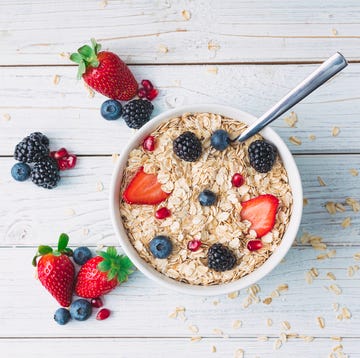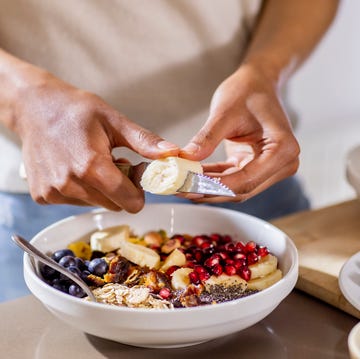8 Foods You Should Never Eat Raw, According to Nutritionists
Keep that food thermometer handy in the kitchen.

We've been independently researching and testing products for over 120 years. If you buy through our links, we may earn a commission. Learn more about our review process.
Whether you’re an avid home cook or tend to order in, it’s important to know what foods are safe to eat raw — and which are not. That’s because illness-causing bacteria, viruses and parasites thrive on certain foods.
For instance, “eating undercooked meat raises the risk of serious health complications, including food poisoning, which can cause symptoms like stomach cramps, nausea, diarrhea, vomiting, fever or in severe cases, hemolytic uremic syndrome (HUS) that may result in kidney failure,” says Ellen Muhammad, D.C.N., R.D.N., CDCES, founder of Nutrition and Beyond.
Food poisoning is not pleasant for anyone, but it can be extremely serious for certain groups of people. “Young children, pregnant women, older adults and people with certain conditions (such as those taking immune-suppressant drugs) are especially vulnerable, so if you’re cooking for any of these populations, it’s especially critical to take the proper precautions,” says Samantha Cassetty, M.S., R.D., founder of Sam’s Plate and co-author of Sugar Shock. “Cooking food properly is one of the simplest ways to ensure it’s safe to eat.”
According to a report that was last reviewed on November 5, 2018, “the CDC estimates that foodborne illnesses affect 48 million people in the U.S. each year, leading to 128,000 hospitalizations and 3,000 deaths,” says Muhammad. To ensure you’re not part of those statistics, avoid eating any of the raw foods mentioned in this article and follow these safety rules in the kitchen:
- Wash hands and surfaces often.
- Use separate cutting boards for raw meat and produce.
- Follow the USDA’s guidelines for safe refrigeration.
- Cook foods to recommended internal temperatures and use a food thermometer to measure the temp.
- Reheat leftovers to 165°F.
Stefani (she/her) is a registered dietitian, a NASM-certified personal trainer and the director of the Good Housekeeping Institute Nutrition Lab, where she handles all nutrition-related content, testing and evaluation. She holds a bachelor’s degree in nutritional sciences from Pennsylvania State University and a master’s degree in clinical nutrition from NYU. She is also Good Housekeeping’s on-staff fitness and exercise expert. Stefani is dedicated to providing readers with evidence-based content to encourage informed food choices and healthy living. She is an avid CrossFitter and a passionate home cook who loves spending time with her big fit Greek family.


A List of the Healthiest Fruits You Can Eat

Experts Break Down the "Ozempic Diet"

10 Foods Full of Protein and Fiber

Chia Seeds Are Healthier Than You Thought















